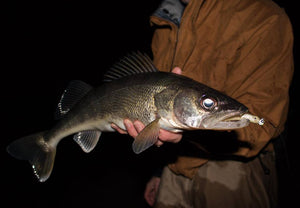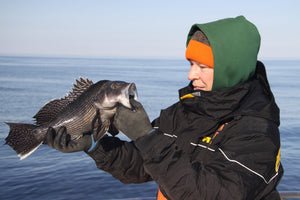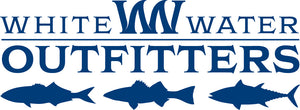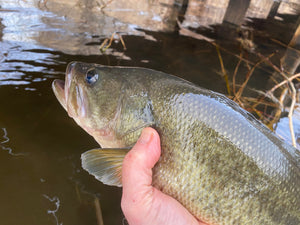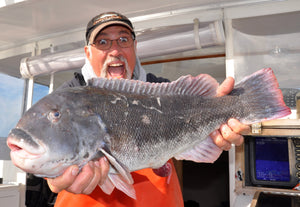TESTING "THE CONNY"
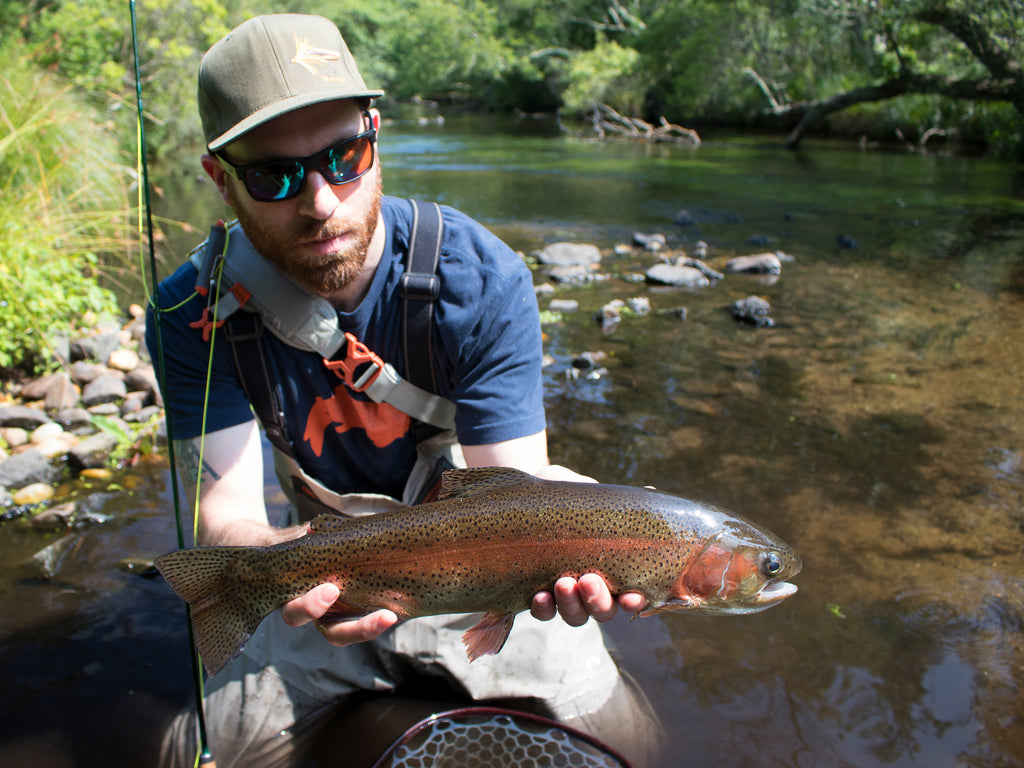
TESTING THE CONNY
We’re occasionally surprised by customers stopping in to tell us they’d like to try fly-fishing for trout at Connetquot River State Park Preserve in Oakdale. That inquiring anglers want to sample these waters isn’t what catches us off guard as much as that they’ve yet to give it a shot already. After all, this 3,743-acre preserve is truly a world-class trout stream – even after having been shut down for several years after the discovery of Infectious Pancreatic Necrosis (IPN) disease in its trout population back in 2008. To be sure the disease, an ailment that often kills juvenile trout, has since been eradicated from the waters here and while the river is not stocked as heavily as in the past, it still offers by far the best opportunity to catch a decent- or even bragging sized trout in a river setting here on Long Island.

Some very large Rainbows inhabit the lower reaches of the Connetquot.
If you are seriously thinking about testing the waters here, there are a few things you should know before heading out. First off, this is fly-fishing only and there is a $25 fee per four-hour session. Each angler selects a beat to fish exclusively and reservations are suggested, although not required. Once your reservation is made and you arrive at the parking area, you’ll need to check in at the booth. Because the beats are assigned on a first-come, first-served basis for those with reservations, it’s a good idea to show up early. Those without reservations get to select their beats after all reservations are filled for the selected time slot. Morning (8 a.m. – 12 p.m.) and afternoon (12 p.m. – 4 p.m.) sessions are available Tuesday through Sunday from October through March, while April through September offers morning, afternoon and evening (4 p.m. until sunset) sessions.

Most of the trout you’ll encounter here measure 10 to 16 inches, but 20-inch plus fish are not unusual and there are some trophy rainbows swimming in these waters that can stretch the tape considerably further. In terms of fly-casting gear, its always best to keep things simple when starting out and that goes for Connetquot River trout as well. The river is stocked with both rainbows and brookies, but it no longer receives brown trout - turns out they ate too many smaller trout. Both the ‘bows and squaretails will take the same fly patterns and can be caught on surprisingly basic gear. For a fly rod, things in the 3 to 6-weight range will cover you for most situations. If I had to pick one, it would probably be a 4 or 5 wt. Usually an 8' to 8'6" length will cover you well for most of the river. In some of the tighter spots, a light 7'6" 3 wt. is useful.

We recommend you look at our Redington Path Fly, or TFO NXT combos for something simple to get started. Obviously, there are plenty of other options with rods and reels as well. The TFO Signature Series II, or Pro II series are great cost-effective rods to get you started. Combine the rod with a TFO NXT or Redington Behemoth reel, and a Rio Trout fly line, and you're in even better shape to start out. Stop in if you have any tackle questions and we’ll steer you in the right direction. For flies, small, dark colored nymphs and streamers work on a year-round basis. Think bead head Hare’s Ear, Prince and Zug Bug nymphs or Copper John, San Juan Worm and Scud patterns when the water is overly hot or very cold. Black or brown Woolly Buggers are also a choice any time of the year for those who value bigger fish over faster action. Should you prefer surface takes, Elk Hair Caddis, Bi-Visibles, Midges, Light Cahills and Blue Duns work during the warmer months. Stimulators also tend to produce very well.

Winter, spring, summer and fall, “The Conny” is a great place to introduce kids and novices to the joys of fly fishing. Photo courtesy of Gaige Simon.
As for which beats are most productive, there’s little doubt you’ll find plenty of fish in the first few beats below the hatchery, but there are often bigger fish holding further downriver in deeper water. Some of the largest fish in the park, in fact, can be found at Main Pond, and the strong currents immediately below the grist mill gives up a generous number of 2- to 3-pound (or heavier) rainbows. For handicapped, senior citizens and those with limited mobility, a trio of beats immediately above the hatchery provide easy access to the river. The trout in this stretch tend to be well educated but willing to reward those who show patience and persistence.
In sum, the Connetquot offers a year-round trout fishery that is second to none in our area – and it’s an awesome place to introduce kids and novice anglers to the fun of fly fishing. A solid bet throughout the warmer months, it actually shines brightest during late fall, winter and early spring when other freshwater options are at a minimum. Be sure to dress warm if planning a winter or early spring trip and make certain to thoroughly review the park rules before you begin prospecting. Should you need a little reassurance, advice or tackle before heading out for your initial visits stop by the shop. After all, we like talking fishing just as much as you do.
In A Nutshell:
Info: https://parks.ny.gov/parks/8
Phone: 631-581-1005 (park office)
Winter Sessions: Tuesday through Sunday, 8 a.m. – 12 p.m. and 12 p.m. – 4 p.m.
Summer Sessions: Tuesday through Sunday, 8 a.m. – 12 p.m., 12 p.m. – 4 p.m. and 4 p.m. until sunset
Cost: $25 per person for a four-hour fly-fishing session.
Reservations: Recommended but not required. Fishing beats are assigned on a first-come, first-served basis with reservations selecting first.
License: New York State freshwater fishing license required: https://www.dec.ny.gov/permits/6091.html
- Bryce Poyer


